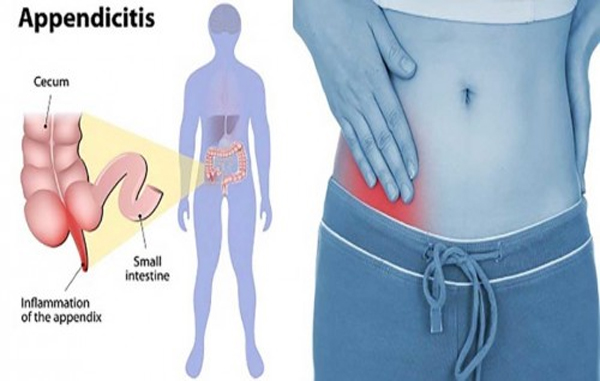What is Hernia?
- Body cavity contains internal body contents enclosed in membranes. Hernia is caused when the body content tears through the membrane and protrudes out.
- Hernias are Asymptomatic and do not produce any symptom that can help in their diagnosis. But, it can cause mild to severe pain in cases when they are under continued stress or in contact with other body parts.


What is Hernia Surgery?
- Pressure over body content either for a moment or continuous, when coupled with a weak opening caused due to weakness of muscles or fascia, results in hernia.
- Hernia Surgery focuses on reducing the pressure over the body content, relieve the pain and put back the protruding body content back with the membrane. It is followed by covering and strengthening the weak opening minimizing the chances of re-occurrence.
The two types of surgical process used to treat Hernia are as follows:
- Traditional (open) hernia repair.
- Laparoscopic hernia repair.
Types of Hernia Surgery
The treatment of every Hernia is individualized, and a discussion of the risks and benefits of surgical versus nonsurgical management needs to take place between the doctor and patient before they choose to move ahead with option of Hernia surgery for treatment of the condition.
- However, it is advised that all Hernias should be repaired to avoid the possibility of strangulated Hernia.
- In conditions where preexisting medical conditions make surgery unsafe, the doctor can decide against surgical treatment of Hernia.
- In cases of Reducible Hernia the surgery can wait if the patient decides to wait.
- But all acutely irreducible Hernias need emergency treatment because of the risk of strangulation.
Traditional (open) Hernia repair
- As per need and as agreed with patient, local, spinal or general anesthesia is induced.
- An intravenous line is also inserted into one of your veins to deliver fluids and medications.
- In this process the surgeon cuts through the skin and repairs the Herniated part.
- The surgical process start with the surgeon makes an incision several inches long near the Hernia.
- Then the surgeon gently pushes the protruded part back into its proper place.
- The weakened part of the wall is then repaired and stitched.
- In the final stage the outer skin is closed and stitched.
Benefits of Traditional (open) Hernia repair
- Better long term results
- Lesser complications in comparison to other types of Hernia surgery.
- It takes longer time to heal.
- Patients require to consult doctor for change of stitches
- It takes weeks to resume normal routine.
- The surgery invokes pain
The treatment of every Hernia is individualized, and a discussion of the risks and benefits of surgical versus nonsurgical management needs to take place between the doctor and patient before they choose to move ahead with option of Hernia surgery for treatment of the condition.
- However, it is advised that all Hernias should be repaired to avoid the possibility of strangulated Hernia.
- In conditions where preexisting medical conditions make surgery unsafe, the doctor can decide against surgical treatment of Hernia.
- In cases of Reducible Hernia the surgery can wait if the patient decides to wait.
- But all acutely irreducible Hernias need emergency treatment because of the risk of strangulation.
Laparoscopic Hernia repair
- It is a minimal invasive procedure to repair Hernia.
- Laparoscopic Hernia repair requires general anesthesia.
- In the process a harmless gas is injected into the damaged area to inflate it and to give the surgeon more room to work and a better view.
- Then the laparoscope and other instrument are inserted through small holes.
- A camera on the laparoscope transmits images from of the interior part of the body part to a viewing screen allowing surgeons a greater precision.
- The surgical procedure remains to be the same and then a mesh is used for better results.
- The openings are stitched and the area is deflated by releasing the gas which was initially used to inflate the body part.
Benefits of Laparoscopic Hernia repair
- It gives best cosmetic results, and leaves no scars.
- The recovery time is less.
- Least surgical pain
- Patient can resume daily activity after a week.
- It takes longer time to heal.
- Patients require to consult doctor for change of stitches
- It takes weeks to resume normal routine.
- The surgery invokes pain
Cost of Hernia Surgery
Cost of hernia surgery is highly dependent on the type of hernia and the procedure that is to be followed to treat it. In cases, if the hernia has been long left addressed, it can get strangulated and in such a situation, the cost of hernia surgery could be considerably high. Therefore, to know the exact cost for the surgical treatment of hernia, it is best to consult our hernia surgery experts.
Mail us your query at sarvhitgastrocity@gmail.com for an estimate and evaluation by the Surgeon.